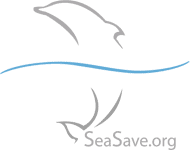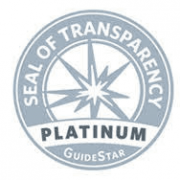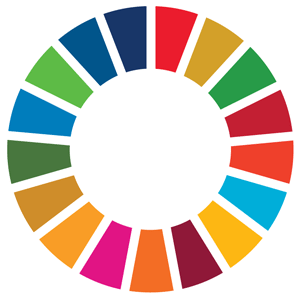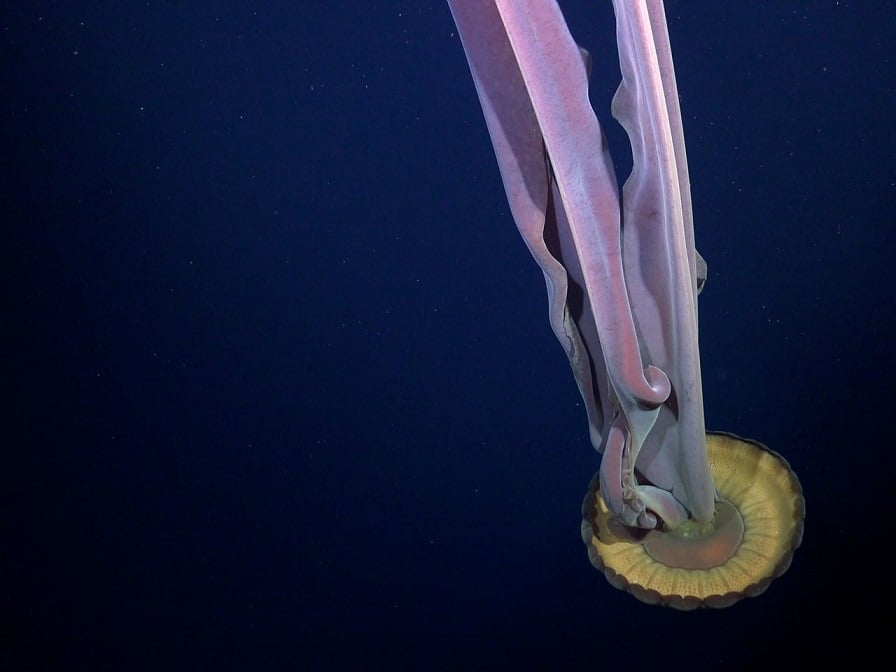
1. A Chicago-Sized Iceberg Broke Off From Antarctica, Revealing a Hidden Ecosystem Never Seen Before
Earlier this year, an iceberg the size of Chicago broke off the Antarctic Peninsula, exposing a previously hidden 209-square-mile seafloor. An international team of scientists, already in the Bellingshausen Sea aboard the Falkor (too) research vessel, quickly pivoted their plans to investigate the newly revealed seabed using a remotely operated vehicle.
To their surprise, the seafloor was teeming with life, from centuries-old sponges and corals to octopuses, snails, worms, and even a rare giant phantom jellyfish. The team anticipates identifying several new species from this serendipitous discovery. The iceberg, named A-84, calved from the George VI Ice Shelf on January 13 and was tracked as it drifted along the Antarctic coast. This discovery highlights the resilience of life in extreme environments and offers new insights into how ecosystems adapt beneath thick ice.
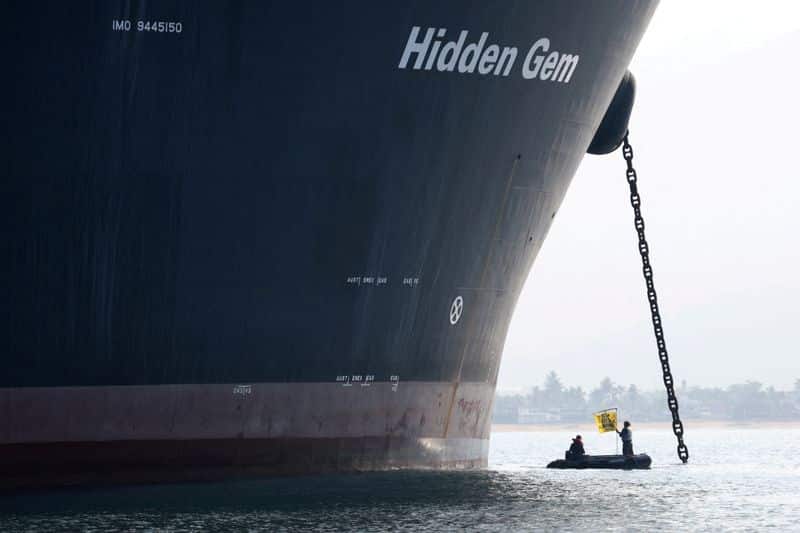
2. Trump Administration Moves to Fast-Track Deep-Sea Mining
Washington, D.C., USA — President Donald Trump is considering an executive order to accelerate deep-sea mining in international waters, allowing companies to bypass the United Nations-backed International Seabed Authority (ISA). According to Reuters, this directive would enable firms to apply directly through the National Oceanic and Atmospheric Administration (NOAA), asserting U.S. rights to extract critical minerals like nickel and copper from the ocean floor.
This initiative aligns with Trump’s broader push for mineral independence following his recent invocation of emergency powers to boost domestic production of uranium, potash, and gold. The ISA has struggled for years to finalize regulations due to disputes over environmental impacts such as sediment disruption and noise pollution. Critics warn of potential harm to marine ecosystems, while proponents argue the move could secure vital resources for clean energy technologies.
Thank you for your generous gift that will help us continue the production of this weekly, free publication
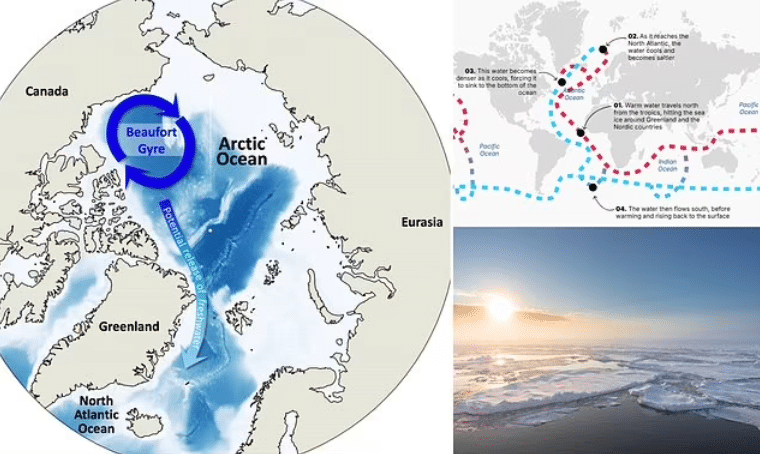
3. Scientists Warn of Potential Collapse of Vital Ocean Current by 2025
London, UK — Scientists have raised alarms about the possible collapse of the Atlantic Meridional Overturning Circulation (AMOC), a critical ocean current system, as early as 2025. The AMOC, which includes the Gulf Stream, plays a vital role in regulating global temperatures and weather patterns by transporting warm water from the tropics to the North Atlantic.
A collapse could lead to catastrophic consequences, including extreme weather events, rising sea levels along the U.S. East Coast, and disruptions to rainfall essential for agriculture in Africa and South America. The warning stems from studies showing that climate change-induced factors, such as melting Arctic ice and freshwater influx, are weakening the AMOC. While some scientists remain skeptical about the timeline, others emphasize that the risks are underestimated. Immediate international action to reduce greenhouse gas emissions is critical to prevent reaching this tipping point.
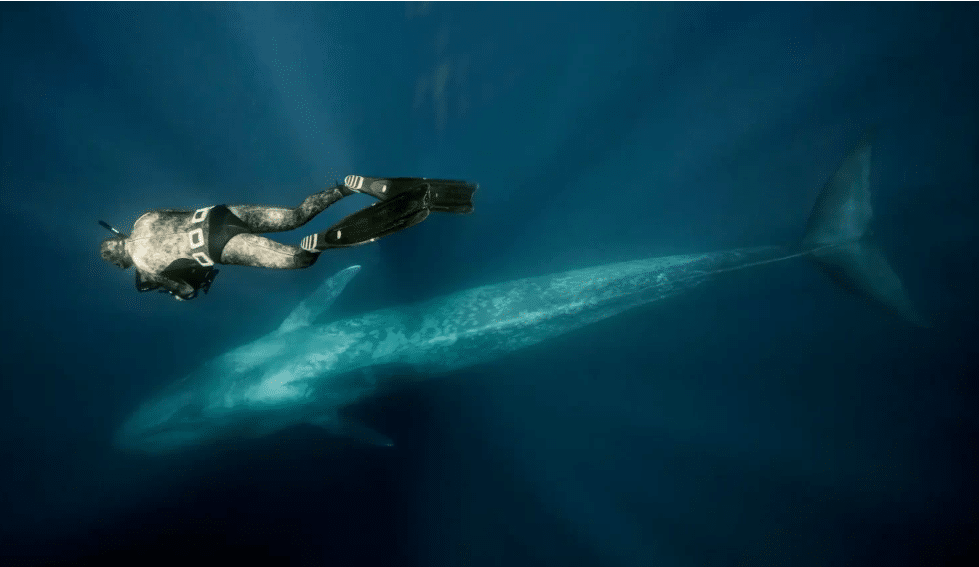
4. The Curious Case of the Flue Whale
Seattle, Washington – A mysterious whale known as “52”—long dubbed the world’s loneliest whale due to its unique 52-hertz song—may be more than an oceanic oddity. Scientists now believe 52 could be a hybrid between a blue and fin whale. Dubbed a “flue whale,” this possible interbreeding is becoming more common as warming oceans drive species into overlapping territories. Blue whales, once confined to warmer regions, are now spotted mating farther north, where they intersect with fin whales.
While hybridization may sound like evolution in action, experts warn it could dilute the genetic resilience of already fragile populations struggling to recover from commercial whaling. Researchers say this could be a signal of ecological imbalance in the wake of climate change. Understanding the fate of 52 might help predict how species will—or won’t—adapt in a rapidly shifting ocean.
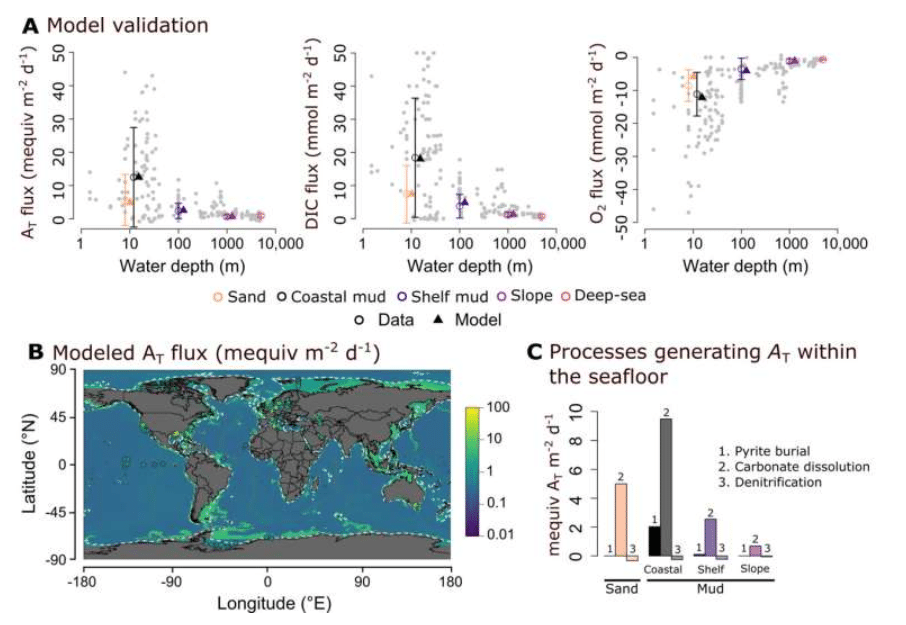
5. Trawling and Dredging: A Hidden Climate Culprit?
Antwerp, Belgium — Researchers at the University of Antwerp, in collaboration with the University of Otago, have discovered via simulation that bottom trawling and dredging significantly impair the ocean’s capacity to naturally produce alkalinity. This process is vital for absorbing atmospheric carbon dioxide. Published in Science Advances, Astrid Hylén, Filip Meysman, and Sebastiaan van de Velde reveal that disturbing the seafloor releases 2 to 8 teragrams of carbon dioxide annually, an amount equivalent to the emissions from one million homes.
The team’s simulation, built on real-world data of seafloor carbon flux and pH levels, highlights that these activities disrupt critical chemical reactions, diminishing the ocean’s role in climate change mitigation. While the emissions are small compared to larger sources like cars and factories, the scientists advocate for developing new, less disruptive fishing technologies and carefully selecting trawling and dredging locations to minimize carbon emissions from the seafloor.
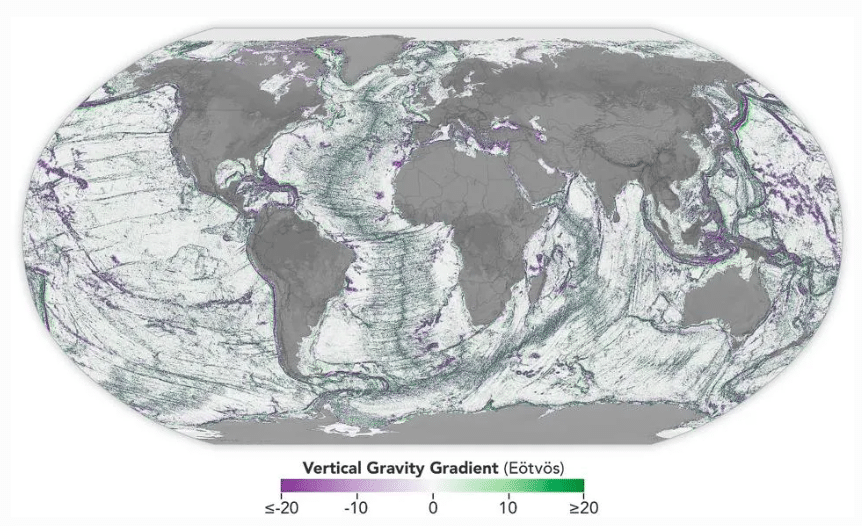
6. Undersea Mountain Range Discovered: A World of New Peaks Unveiled!
Pasadena, CA — A NASA-backed team, in collaboration with France’s CNES, has mapped thousands of previously unknown mountains on the ocean floor using data from the SWOT (Surface Water and Ocean Topography) mission. Reported in Forbes, the detailed map, which was published in Science, reveals underwater elevations by measuring subtle gravitational changes on the sea surface. Launched in 2022, SWOT surveys 90% of the planet every 21 days, detecting smaller seamounts and hills and potentially increasing the known count of seamounts from 44,000 to a possible 100,000.
These observations offer insights into underwater tectonic plate boundaries, aiding the understanding of Earth’s plate tectonics. These findings have significant practical implications, enhancing maritime navigation and the installation of underwater communication cables. The team is focused on refining depth calculations, contributing to the global effort to chart the entire seafloor by 2030.
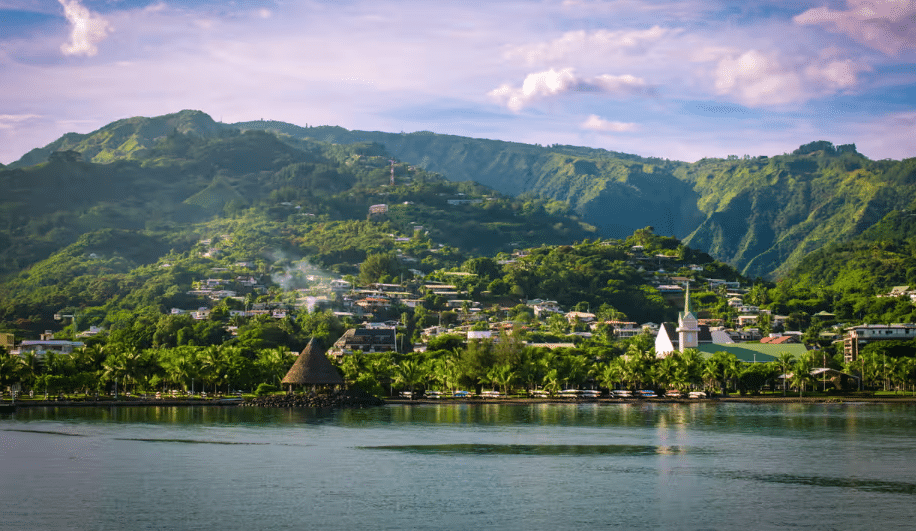
7. French Polynesia’s President Warns Against Deep-Sea Mining Risks
Papeete, French Polynesia — Moetai Brotherson, President of French Polynesia, has issued a strong warning about the environmental and cultural dangers posed by deep-sea mining in the Pacific. Speaking on the issue, Brotherson highlighted the potential for irreversible damage to marine ecosystems and the livelihoods of Indigenous communities reliant on ocean resources. As French Polynesia faces geopolitical and economic pressures to allow mining for minerals like cobalt and copper, Brotherson has called for caution and sustainable alternatives.
While the International Seabed Authority (ISA) continues to deliberate regulations for mining in international waters, Brotherson advocates for a moratorium until the long-term impacts are better understood. His stance aligns with broader regional concerns over preserving ocean health amidst climate change challenges. French Polynesia has already adopted a temporary ban on seabed mining in its territorial waters, emphasizing environmental stewardship.

8. Peruvian Fishers Demand More Compensation After Devastating Oil Spill
Talara, Peru — More than 4,000 artisanal fishers in northern Peru are suing state-owned oil company Petroperú, seeking additional compensation following a significant oil spill at the New Talara Refinery on December 22, 2024. The spill coated 10 kilometers (6 miles) of coastline in black, leading to a 90-day environmental emergency that paralyzed fishing and tourism activities, impacting thousands of families.
The fishers argue that the compensation offered by Petroperú, including purchase cards and provisions, is insufficient to cover their losses. They are seeking 9,000 soles ($2,470) each for the 90 days of lost income. In contrast, Petroperú claims it has met its commitments and suggests further claims be pursued through legal channels. The incident has reignited concerns about environmental regulations and the long-term impacts of oil spills on marine ecosystems and local communities.
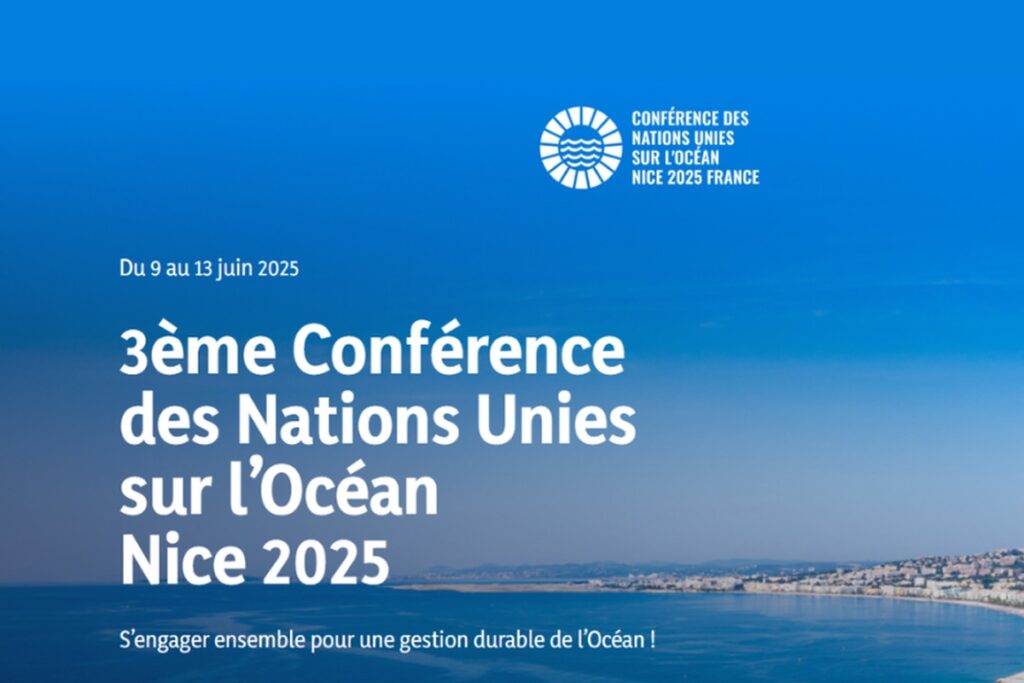
9. Nice to Host the 3rd United Nations Ocean Conference in 2025
Nice, France — From June 9 to 13, 2025, Nice will host the 3rd United Nations Ocean Conference (UNOC3), co-organized by France and Costa Rica. World leaders, scientists, NGOs, and businesses will converge to discuss urgent solutions for ocean protection. The conference’s main theme is “Accelerating action and mobilising all actors to conserve and sustainably use the ocean.”
Discussions will tackle critical marine issues such as climate change, plastic pollution, and biodiversity loss. Leading up to the conference, key events include the One Ocean Science Congress in Nice (June 4-6) and the Blue Economy and Finance Forum in Monaco (June 7-8). UNOC3 will also see the launch of the Ocean Rise & Coastal Resilience Coalition, uniting coastal cities worldwide to address rising sea levels. This coalition aims to support adaptation efforts, knowledge-sharing, and securing financial resources.
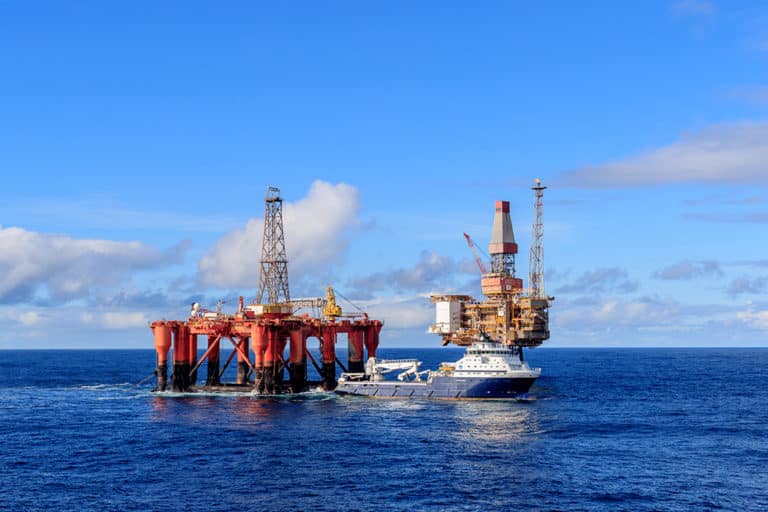
10. Global Push to Ban Offshore Oil and Gas Exploration
Berlin, Germany — A coalition of 111 environmental organizations from six continents is urging governments to immediately ban new offshore oil and gas exploration. Spearheaded by OceanCare, the open letter, released ahead of the UN Ocean Conference in Nice, France, calls for a commitment to halt the search for new oil and gas reserves on the ocean floor and to gradually phase out existing offshore fossil fuel production.
The organizations argue that continuing to explore for new fossil fuels undermines the Paris Agreement and endangers marine ecosystems. They highlight the damage caused by seismic surveys and noise pollution on marine life, stressing the incompatibility of ongoing investments in offshore oil and gas exploration with climate and marine protection goals. With some countries already banning or limiting such activities, the coalition seeks a global adoption of this approach.
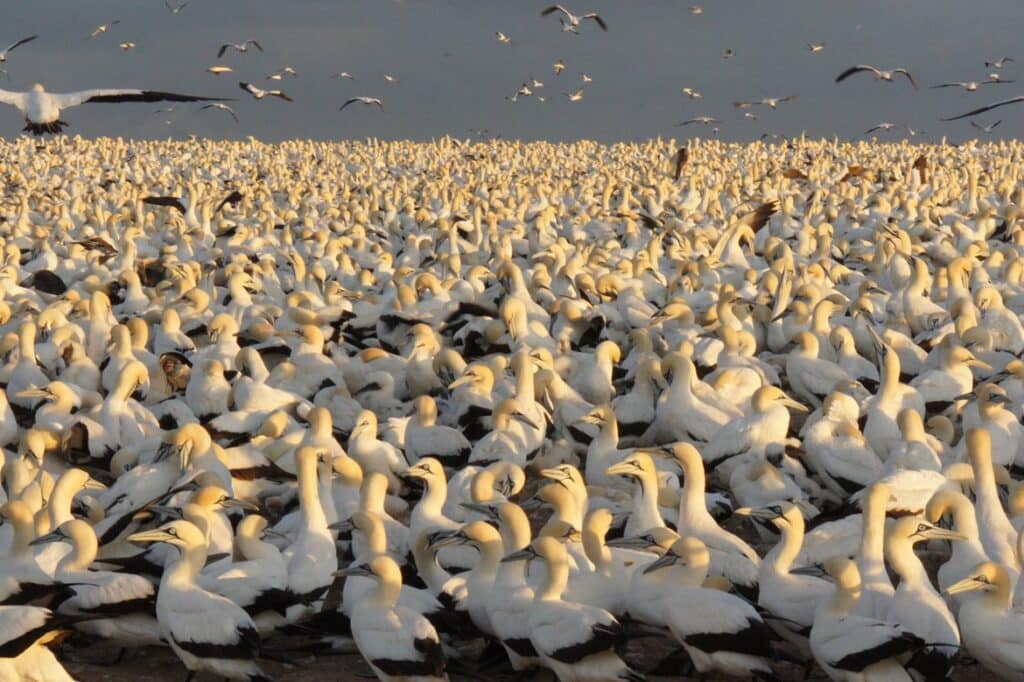
11. Seabirds’ Secret Survival Strategy: Memory Meets Teamwork in the Hunt for Food
Gqeberha, South Africa — Cape gannets, iconic seabirds off South Africa’s coast, combine memory and social cues to locate prey in the open ocean, reveals an 11-year Nelson Mandela University study. Researchers tracked 95,000 breeding pairs on Bird Island in Algoa Bay using GPS data, finding the birds update their foraging routes every 10 days while also following other predators.
Published in Proceedings of the Royal Society, the research challenges previous beliefs that seabirds rely solely on immediate visual signals. “They’re not just copying others—they’re recalling past successes and adapting rapidly,” says lead author Julien Collet. This hybrid strategy helps them navigate shifting fish stocks caused by climate change and overfishing, but also risks “ecological traps” if historical feeding grounds become depleted. The findings could inform marine conservation efforts by predicting how predators adapt to human impacts.
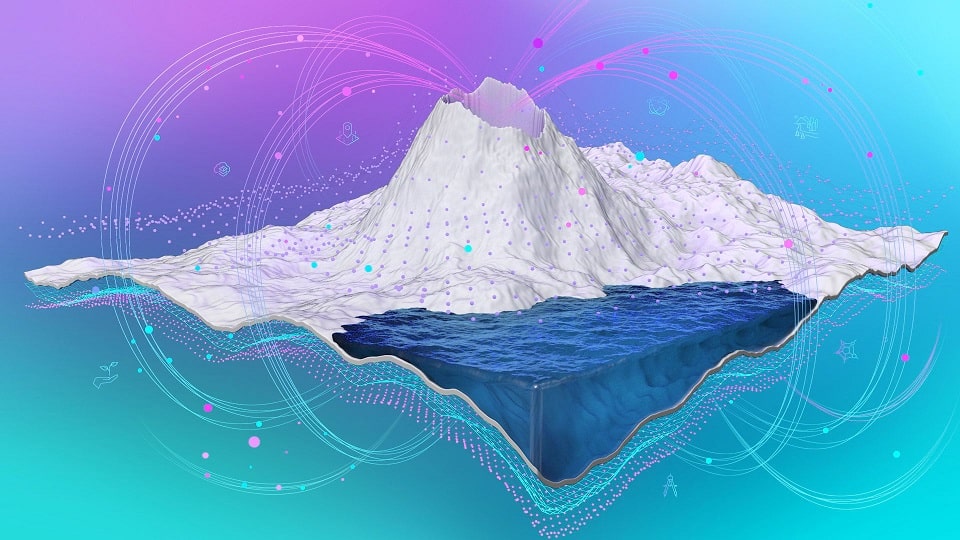
12. Dynamic Data and Tech Key to Ocean Management Amidst Climate Change
The world’s oceans are changing due to rising temperatures. Marine species are moving, food webs are being reshaped, and fishing communities face challenges. To address these issues, the Fisheries and Climate Toolkit (FaCeT) has been developed. It integrates data from satellites, ocean models, and fishery sources, using ArcGIS Hub to promote collaboration. This toolkit supports flexible ocean management, enabling quick responses to changing conditions, such as adjusting catch levels or modifying fishing gear.
FaCeT’s data integration provides real-time snapshots of ocean conditions and projects future changes. It helps managers see how species distributions will likely shift and supports climate-smart applications through accessible maps and charts. This initiative shows how science can inform practice, offering a proactive approach to governing oceans. By using technology, data, and collaboration, communities can adapt to changing oceans, ensuring a sustainable future.

13. Emotional Ties to Oceans Drive Conservation Actions, Study Finds
Santa Cruz, CA, USA — A study published in Frontiers in Ocean Sustainability reveals that emotional connections to the ocean, such as feelings of awe, joy, and gratitude, strongly predict engagement in pro-environmental behaviors. Surveying 1,138 U.S. adults, researchers found that ocean-connectedness, environmental identity, and outdoor activities like surfing and fishing are key drivers of sustainable actions. The findings suggest conservation campaigns and educational programs should prioritize fostering emotional bonds with marine environments.
Lead author Chris O’Halloran of Healthy Oceans, Healthy People emphasizes the need to design initiatives that leverage positive emotions and hands-on experiences to inspire ocean stewardship. The study underscores the potential for tailored outreach to bridge the gap between public sentiment and actionable conservation efforts.
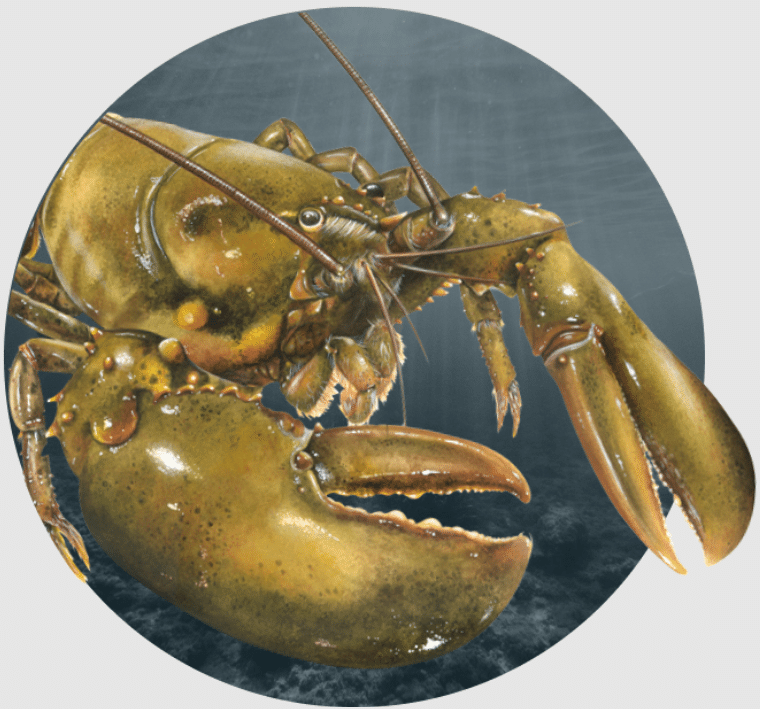
14. Lobster Board Seeks Public Input on Gauge Size Adjustments
Arlington, VA — The Atlantic States Marine Fisheries Commission (ASMFC) has released Draft Addendum XXXII to Amendment 3 for American Lobster, considering repealing scheduled increases in gauge and escape vent sizes outlined in Addendum XXVII. This action responds to lobster industry concerns about economic impacts.
Addendum XXVII was designed to protect the Gulf of Maine/Georges Bank spawning stock. A minimum gauge size increase in Lobster Conservation Management Area (LCMA) 1 was set to take effect July 1, 2025. The Draft Addendum aims to collaborate with the industry to identify alternative conservation strategies.
A virtual public hearing is scheduled, and stakeholders can submit comments until April 25, 2025. You can register for the virtual hearing here and submit comments to Caitlin Starks at [email protected]
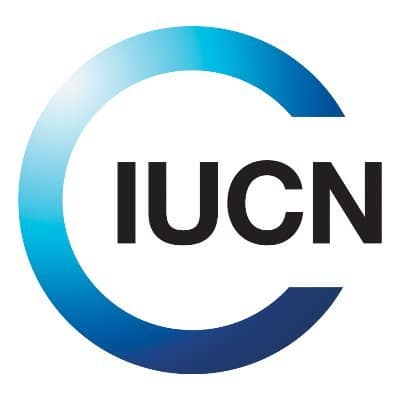
15. Spain and IUCN Renew Commitment to Biodiversity Conservation
Madrid, Spain — The International Union for Conservation of Nature (IUCN) and Spain’s Ministry for the Ecological Transition have reaffirmed their collaboration to advance biodiversity conservation. The partnership focuses on promoting nature conservation as a driver of sustainable transformation in the Mediterranean region and globally. Key discussions include strategies for ecosystem restoration, biodiversity in agriculture, and synergies among international environmental conventions.
The IUCN will support Spain in showcasing its biodiversity protection policies at the upcoming IUCN World Conservation Congress in Abu Dhabi. This renewed partnership aims to address pressing biodiversity challenges through coordinated environmental action, aligning with global conservation goals.
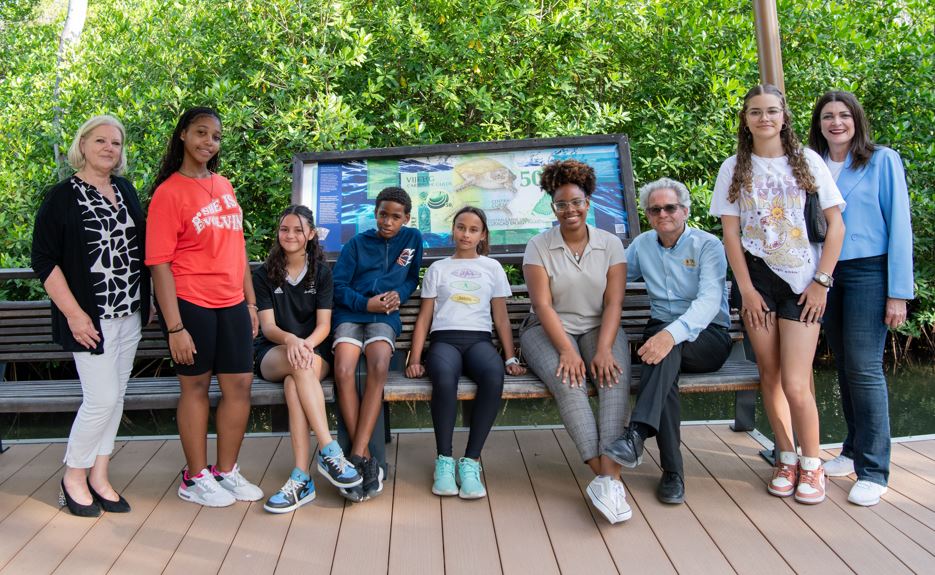
16. Interactive Tour Brings Curaçao’s Underwater World to Life
WILLEMSTAD, Curaçao — To celebrate the new Caribbean Guilder currency, Carmabi is launching an interactive exhibit at Curaçao Rif Mangrove Park starting March 29, 2025. The exhibit showcases marine plants and animals featured on the new banknotes, immersing visitors in Curaçao’s aquatic wonders.
Guests can explore the island’s marine biodiversity through engaging displays, with new informational panels in English and Papiamentu providing detailed insights about the depicted species. Expert mangrove rangers will share stories about the flora and fauna, emphasizing their critical role in local ecosystems. Tours can be booked via [email protected] or at the park’s visitor center.
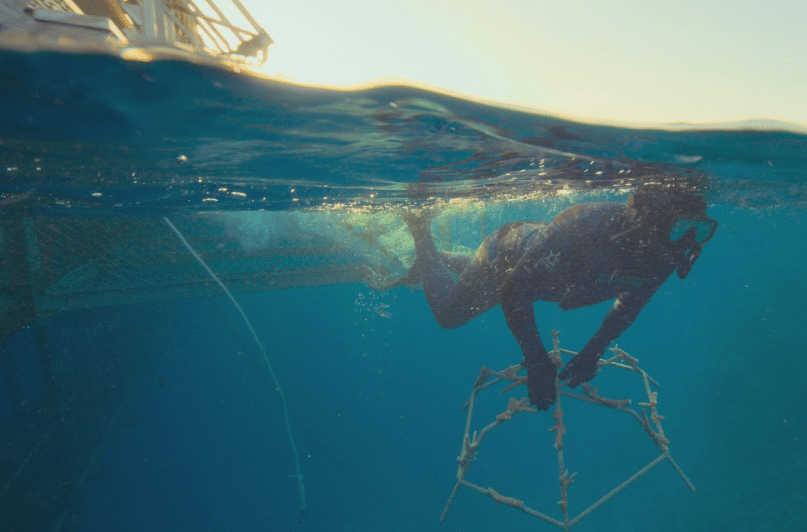
17. People and Business Join Forces to Save Coral Reefs
The world’s coral reefs are in critical danger, with scientists estimating that 90% of tropical reefs could be lost by 2043 without intervention. Mars Sustainable Solutions (MSS), through its Sheba Hope Grows program, is addressing this crisis by partnering with coastal communities and NGOs to scale local coral restoration projects. To date, MSS has installed over 87,000 Reef Stars (steel structures that transform decimated coral-rubble fields into flourishing coral reefs) with approximately 1.3 million corals attached.
The program’s efforts are highlighted in a new documentary called “Reef Builders,” which spotlights the inspiring stories of the people behind the Sheba Hope Grows program. The film, developed in partnership with AMV BBDO, takes viewers on a journey to Indonesia, Kenya, Australia, and Hawai’i, showcasing the ocean communities working to restore this vital marine ecosystem.
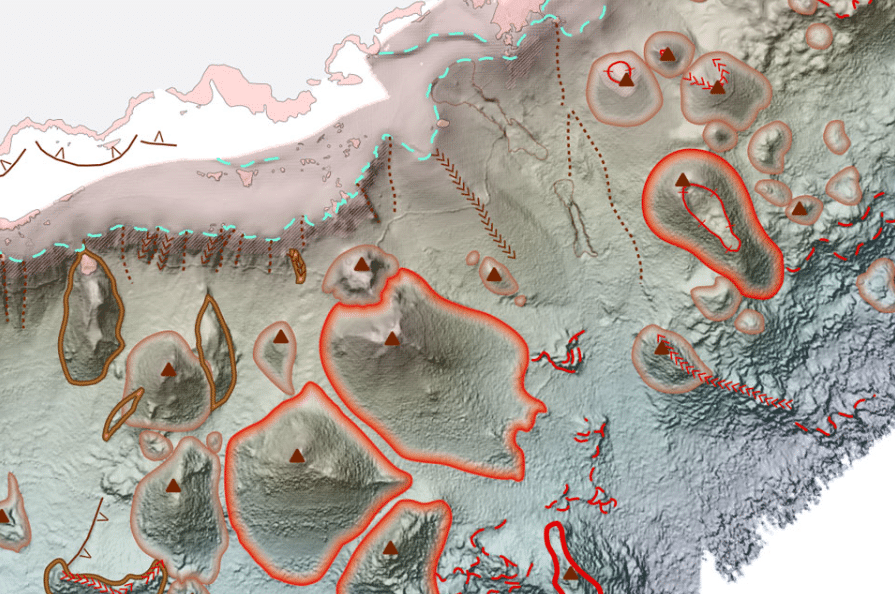
18. New Seabed Maps Aid Conservation Efforts Around Ascension Island
Keyworth, Nottinghamshire — The British Geological Survey (BGS) has delivered new marine geology and habitat maps for the Ascension Island Marine Protected Area (MPA), one of the world’s largest ocean conservation zones. These maps, the first of their kind for the island, pinpoint the nature, distribution, and extent of nearshore habitats within the MPA. The maps revealed previously uncharted volcanic, erosion-depositional, and coastal features like seamounts and submarine landslides.
Focusing on nearshore areas with sandy sediments and rocky outcrops, the substrate map identified key habitats for marine life. Created using BGS and Royal Navy data, including bathymetry and underwater video footage, the maps enhance understanding of seabed and geological processes around Ascension Island, informing conservation efforts by the Ascension Island Government.
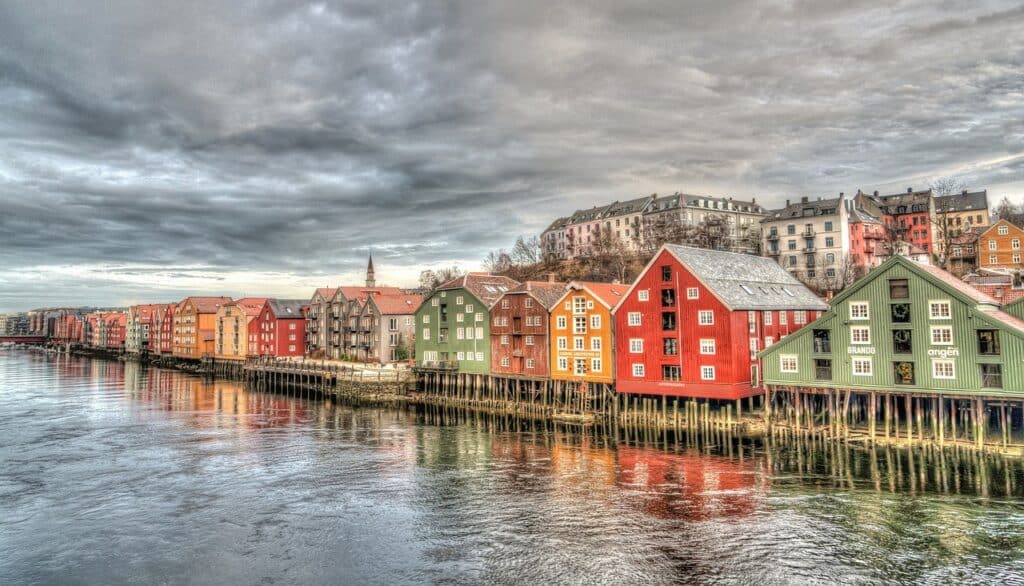
19. Norway Proposes Marine Protection Act for Offshore Areas
Trondheim, Norway — The Norwegian government has proposed a Marine Protection Act, enabling the creation of marine protected areas (MPAs) far beyond its 12-nautical-mile coastal limit. Reported by The Fishing Daily, the law would protect marine ecosystems throughout Norway’s 200-nautical-mile economic zone, including waters around Svalbard and Jan Mayen. The act, built on the Natural Diversity Act, supports ecological restoration and undisturbed recovery, promoting active improvement in marine ecosystem health.
This will enable stricter marine management. The Act covers Norway’s economic zone, Svalbard’s fishing protection zone, and continental shelf areas. Minister of Climate and Environment Andreas Bjelland Eriksen emphasized that the law closes a major gap in legislation, allowing Norway to preserve marine nature and meet international obligations under the Nature Agreement.
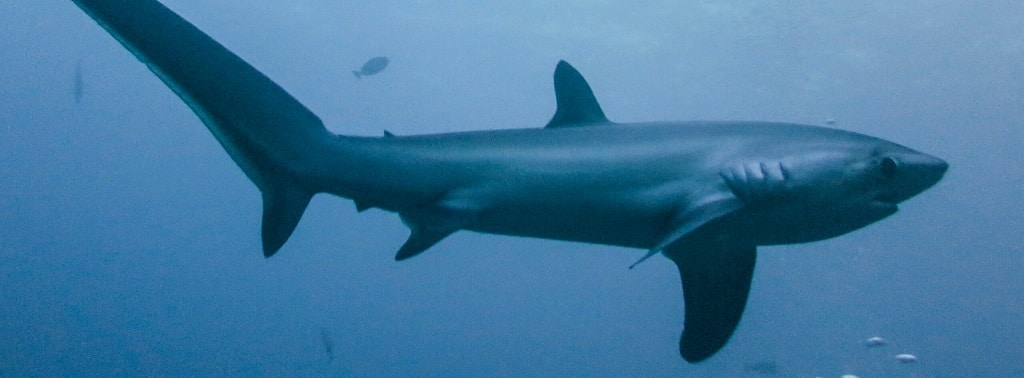
20. Indonesian Conservation Cuts Thresher Shark Fishing by 91%
JAKARTA, Indonesia — A community-based conservation effort in eastern Indonesia has slashed thresher shark catches by 91%, a recent study shows. The program, which ran from 2021 to 2023, provided alternative income opportunities for fishers in the Alor Archipelago of Indonesia’s East Nusa Tenggara province. Nine voluntary fishers were given resources to transition to new livelihoods, leading to increased income for some.
Researchers compared the average monthly shark catches between participants and a group of non-participants. Participants, who made up 33% of the fishers, caught only 9% of the thresher sharks. Findings emphasize the need for long-term conservation efforts and strong partnerships with resource-dependent communities. Iqbal Herwata, from Konservasi Indonesia, emphasizes the importance of including local communities in conservation efforts, as well as the implementation of community-based interventions tailored to local characteristics.
